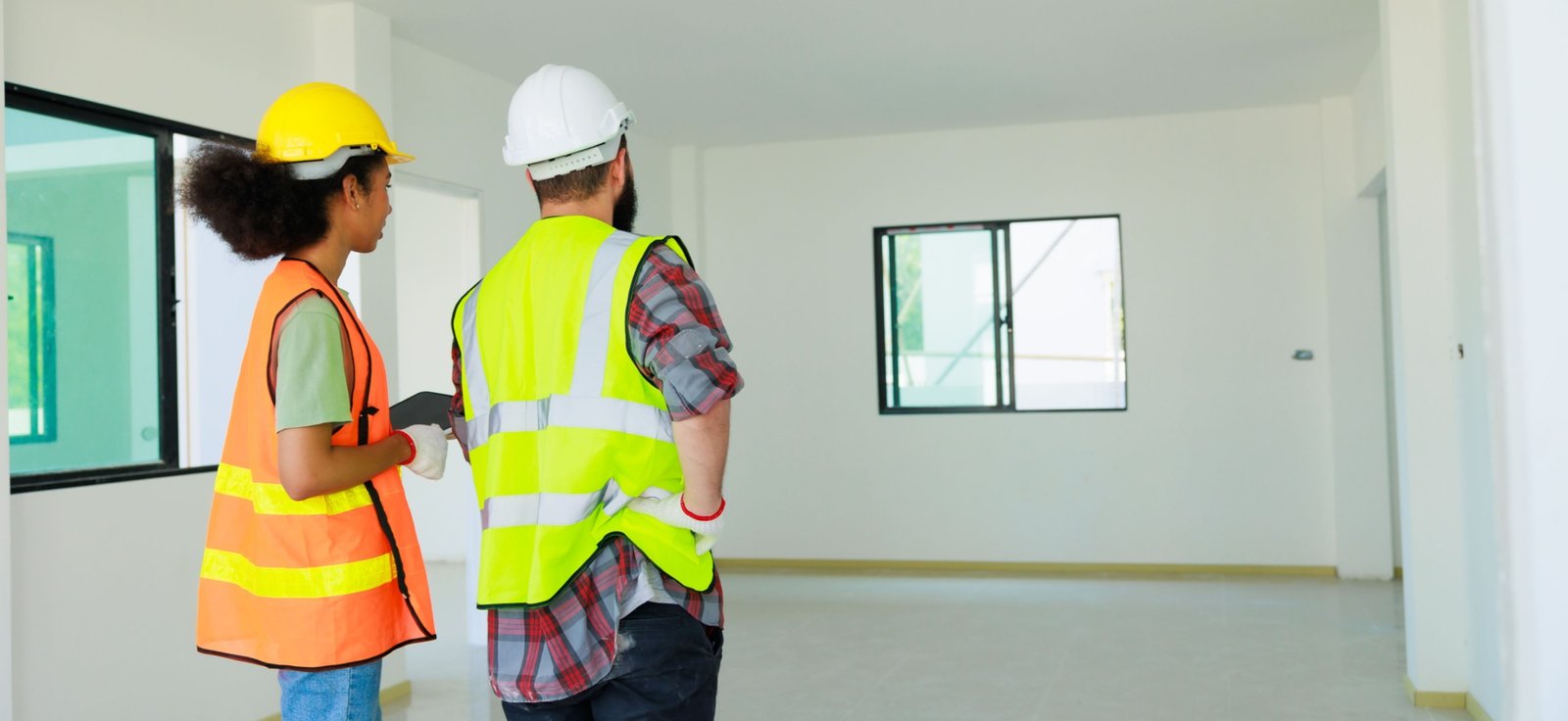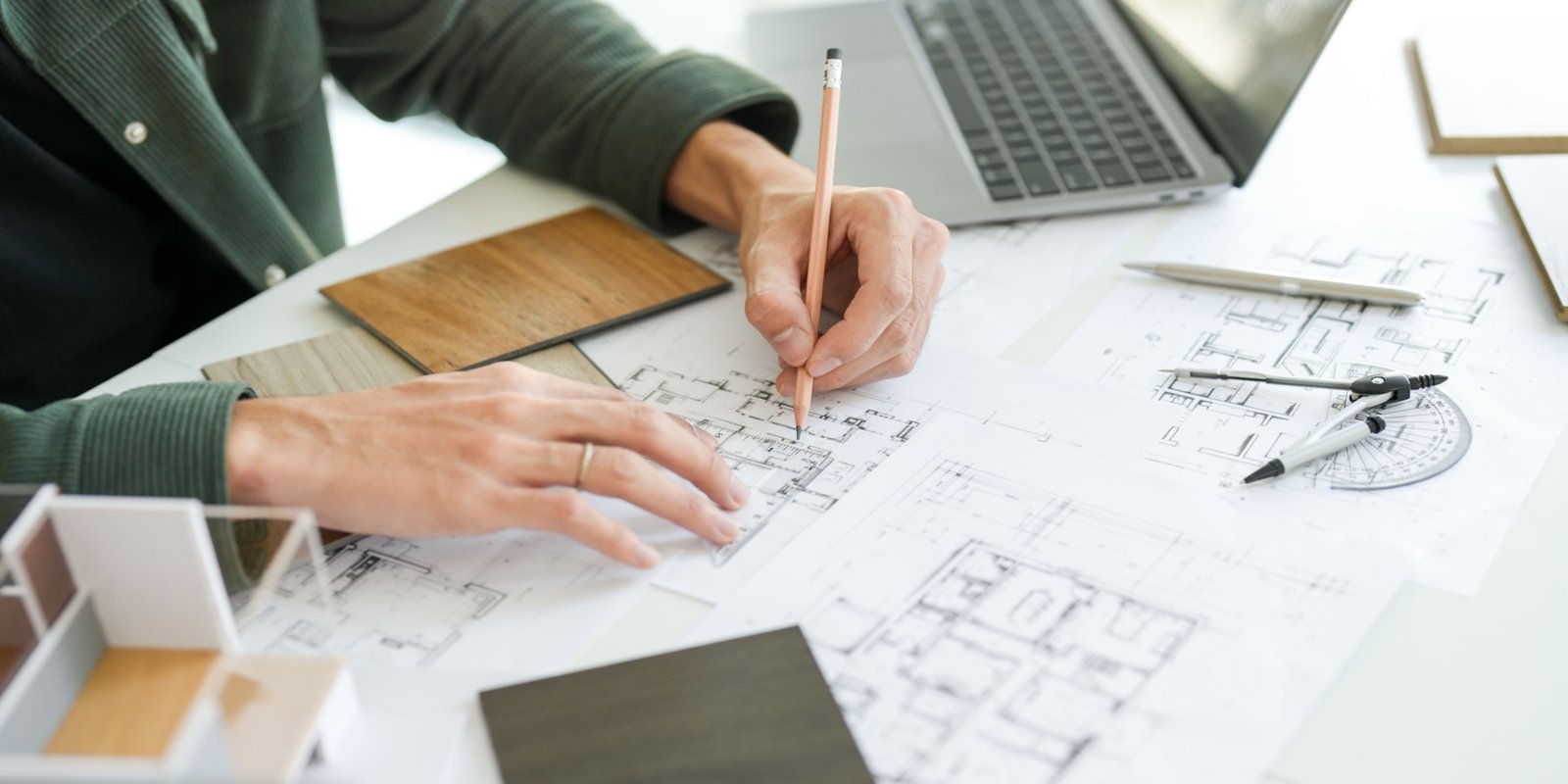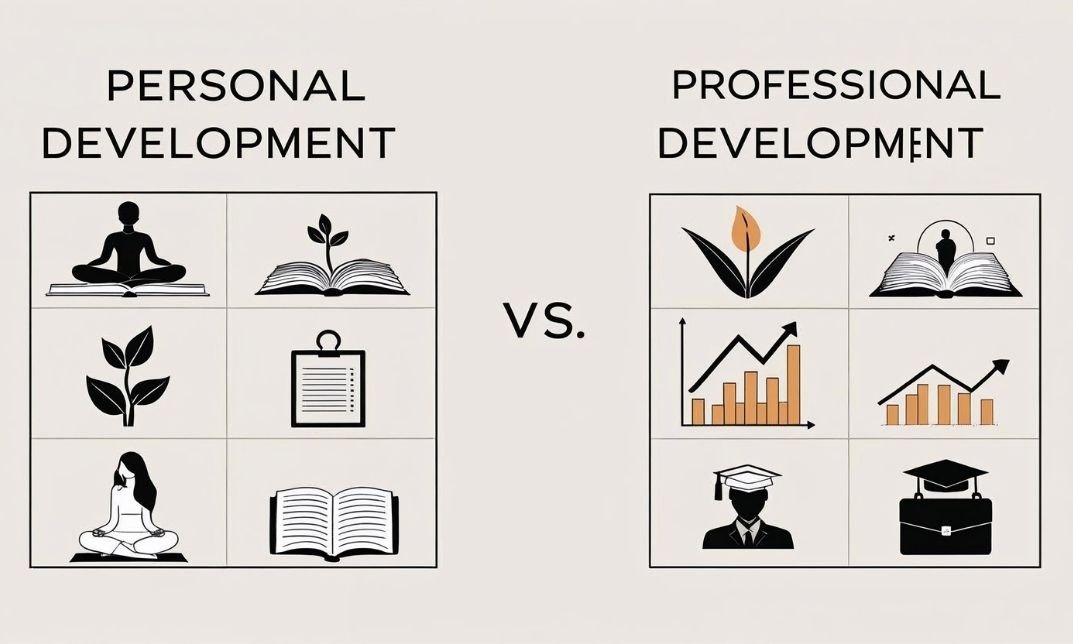No products in the cart.
Many people want to improve their living or workspaces but are unsure how much to budget for professional help. Hiring an interior designer can make a significant difference in transforming a space, but understanding the costs involved is essential before taking the next step. But how much will it cost you? In this blog, we will show you the various ways interior designers charge for their services, and by the end, you’ll have a clearer picture of what to expect.

What Affects the Cost of an Interior Designer?
First, it’s important to note that several factors affect how much interior designers charge. The pricing will depend on several variables, including:
- Project Size: The scale of your project plays a big role in the overall cost. A small room redesign will generally cost less than a full-house renovation.
- Designer’s Experience: A more experienced designer or a well-known firm often charges more because of their expertise.
- Location: Where you live can influence the price. Designers in big cities usually charge more than those in smaller towns.
- Scope of Work: If your project requires more detailed work, such as custom furniture design or structural changes, the cost will naturally increase.
- Materials: The cost of materials can also vary widely. Premium materials will push up the total cost, while more budget-friendly options will keep it lower.
By understanding these factors, you can begin to gauge how much your particular project might cost.
Common Pricing Models Used by Interior Designers
Now that you know what affects the price, let’s dive into the different ways designers charge. Knowing this will give you an idea of what to expect when you meet with a designer.
- Flat Fee: Some interior designers charge a flat fee for their services. This model is often used for larger projects where the scope of work is well-defined from the start. The flat fee will cover all design work from start to finish, which can include planning, sourcing, and managing contractors. However, it’s essential to clarify what is included to avoid any surprises later.
The advantage of this method is that you know upfront how much the designer will charge. On the other hand, this fee does not usually include the cost of furniture or materials, so you should budget separately for those.
- Hourly Rate: Many designers prefer to charge by the hour. Hourly rates can vary, but they usually range between £50 to £200 per hour, depending on the designer’s experience. Designers who charge by the hour will bill you for the time spent planning, sourcing materials, and even travelling to your site. This option allows more flexibility for smaller projects, but it can also be harder to predict the final cost. Therefore, keeping track of the hours can help you manage your budget.
- Percentage of Project Cost: Some designers charge a percentage of the total project cost. Typically, this rate is around 10% to 30%, depending on the designer and the project size. The advantage of this pricing model is that the designer is motivated to work within your budget. However, if your project becomes more expensive than initially planned, the designer’s fee will also increase.
- Cost-Plus Markup: Another method some interior designers use is cost-plus markup. In this model, the designer adds a markup on the furniture and materials they purchase on your behalf. This markup can range from 10% to 40%. While this allows designers to manage the purchasing process for you, it can also lead to higher overall costs. Be sure to ask the designer about their markup percentage before signing any contracts.
- Per Square Foot: For larger projects, like full home renovations, designers may charge per square foot. This is more common in commercial interior design but can also be used in residential projects. Rates usually range from £5 to £15 per square foot, depending on the complexity of the design and the location. If you are redesigning a large area, this method may make it easier to calculate your costs upfront.

Additional Costs to Consider
While the designer’s fee is one part of the overall cost, there are often additional costs that you will need to factor in.
- Furniture and Decor: The cost of furniture, lighting, and decor is separate from the designer’s fee. These items can add up quickly depending on the quality and quantity required. Custom pieces or high-end brands will push up the overall cost.
- Contractors: Many interior design projects require contractors for painting, electrical work, or carpentry. Some designers have their own preferred contractors, while others will ask you to hire your own. Contractor fees can vary widely, so be sure to ask for estimates early in the process.
- Project Management: If your project is complex, the designer may charge extra for project management services. This could include overseeing contractors, scheduling work, and ensuring everything stays on track. While it adds to the cost, it can save you time and stress in the long run.
How to Save on Interior Design Costs
You can save a large amount of money if you make a smart decision. Let’s look at ways you can reduce your costs without sacrificing quality.
- Clear Budget and Scope: Before meeting with an interior designer, have a clear idea of your budget and the scope of your project. This will help the designer understand your expectations and work within your budget.
- DIY Where Possible: If you have the skills and time, you could save money by doing some of the work yourself. For example, painting or assembling furniture could reduce the designer’s workload and lower your overall costs.
- Shop Around: It’s a good idea to meet with several designers to compare their rates and services. While it may be tempting to go for the cheapest option, remember that experience and quality of work matter too. Choose a designer who understands your vision and can work within your budget.
- Use Affordable Materials: You can save money by choosing affordable materials. While high-end finishes can be beautiful, they come at a price. Talk to your designer about cost-effective alternatives that still look great.
Conclusion
As you’ve seen, the answer depends on a range of factors, including the size of your project, the designer’s experience, and your location. Interior designers charge in several ways, from flat fees to hourly rates and percentage-based fees. Moreover, the cost of materials, contractors, and additional services like project management will also affect the final price. Therefore, it’s essential to discuss all these aspects with your designer upfront.
By understanding these different pricing models and considering ways to save, you can plan a beautiful, well-designed space that fits your budget. Keep in mind that investing in a designer can help you avoid costly mistakes and create a space that you’ll love for years to come.





